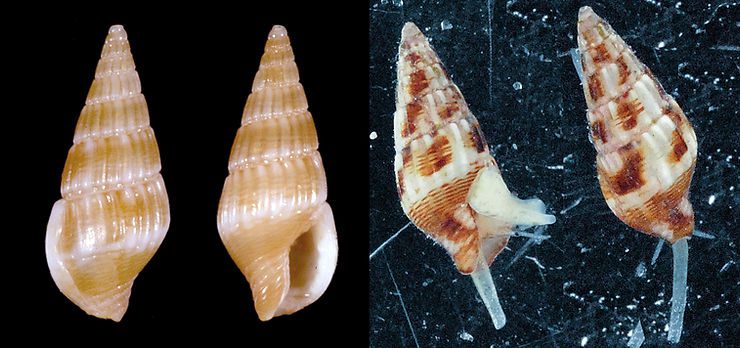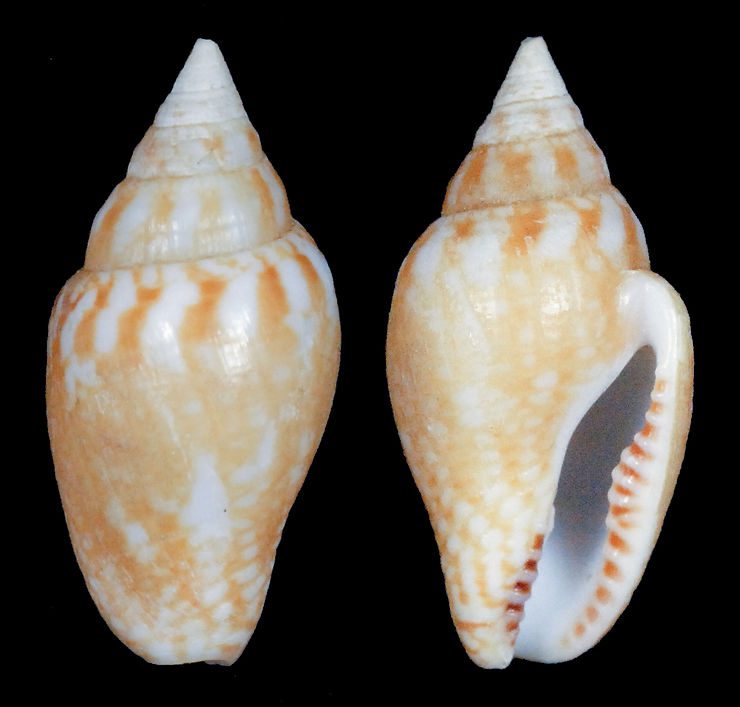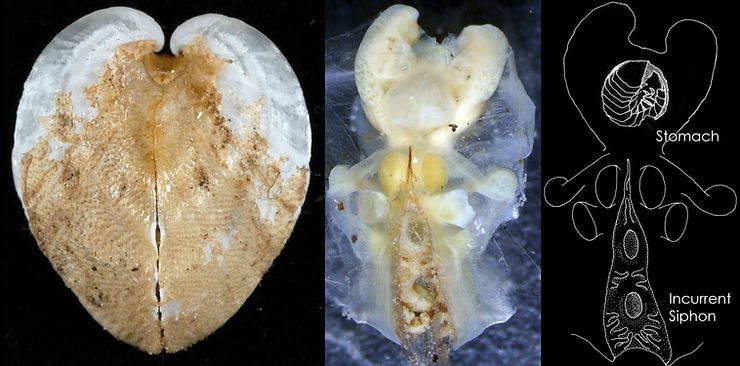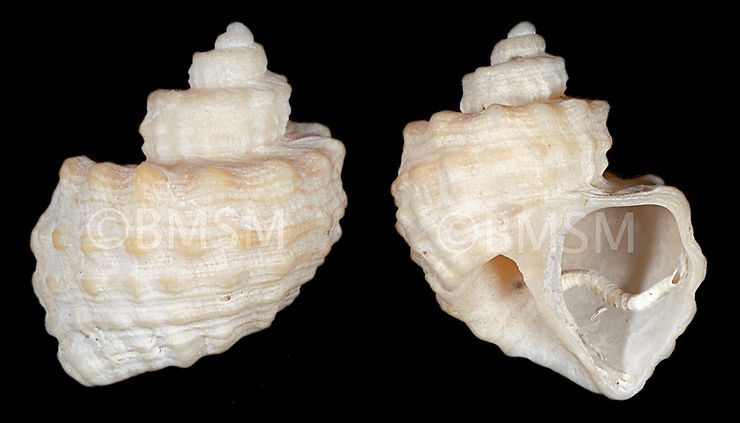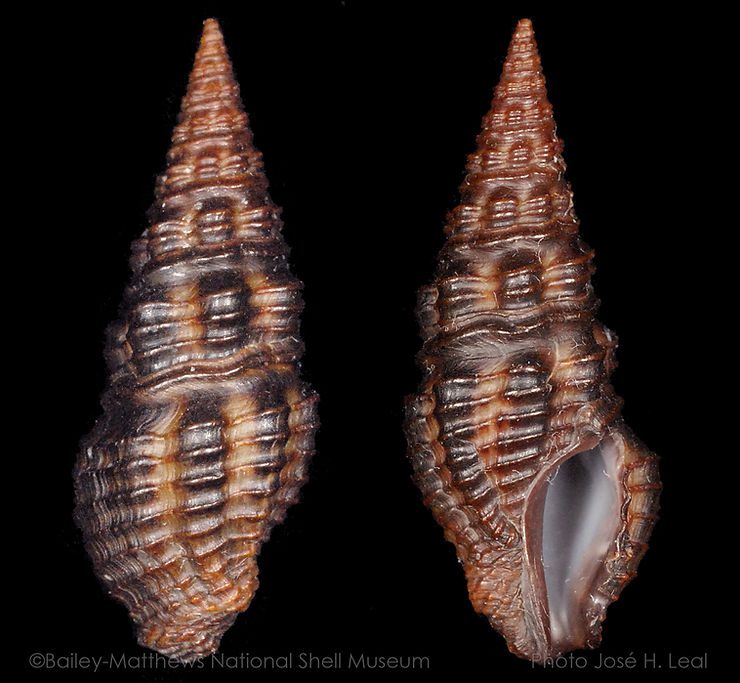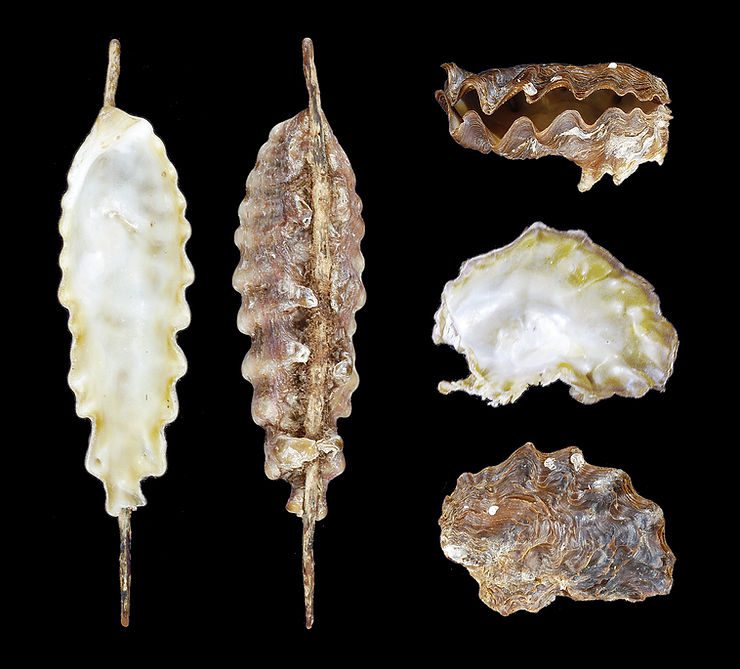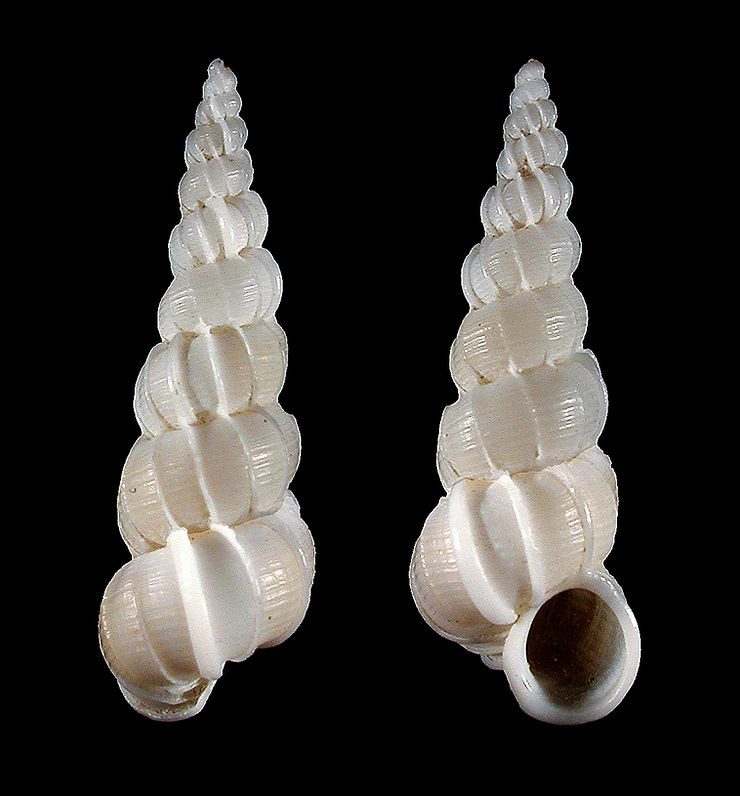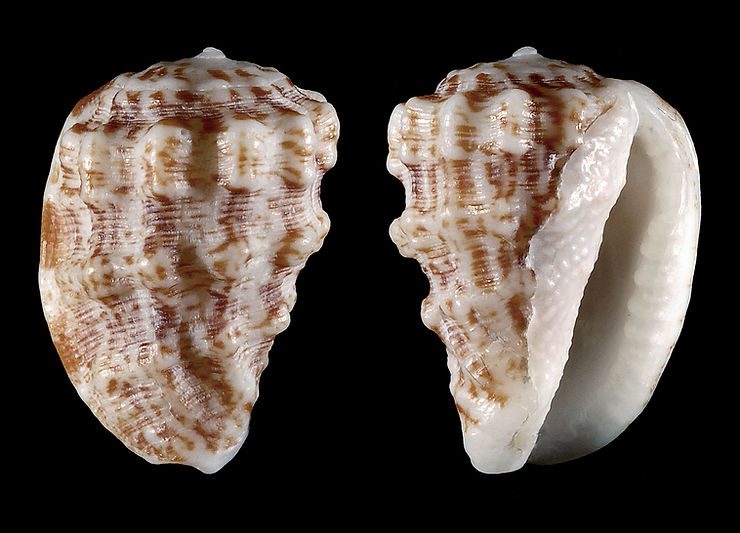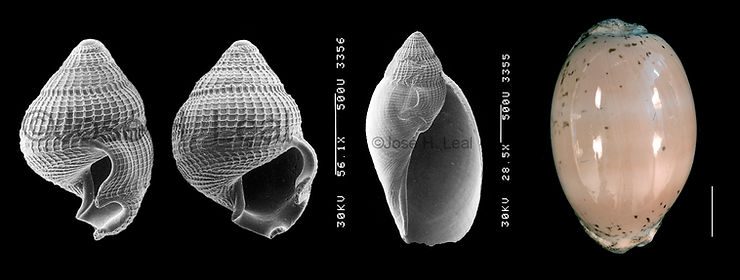
The Atlantic Gray Cowrie
The Atlantic Gray Cowrie, Luria cinerea (Gmelin, 1791), is a relatively common species of Cowrie inhabiting shallow coral reef areas in the tropical western Atlantic. The species is not found, however, on the coast of Southwest Florida. As it happens with most species from the Cowrie family (Cypraeidae), the Atlantic Gray Cowrie bears planktonic larvae (their babies drift in the sea), which will grow until the moment of metamorphosis to their adult, bottom-living lives. The larval shell is very
